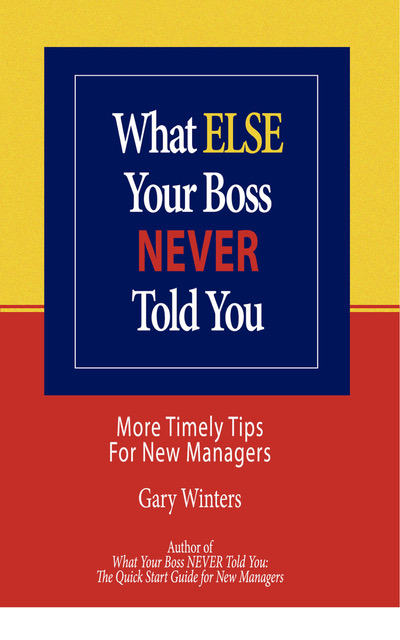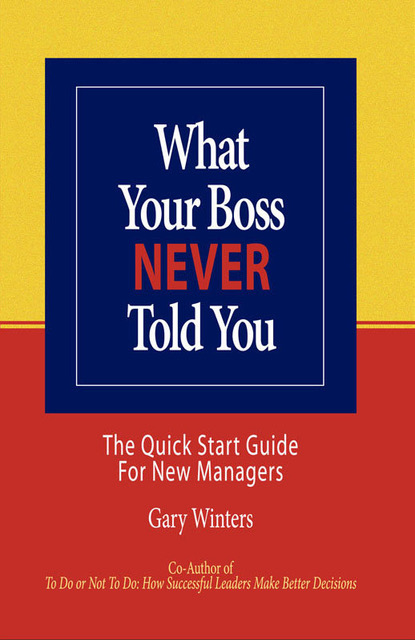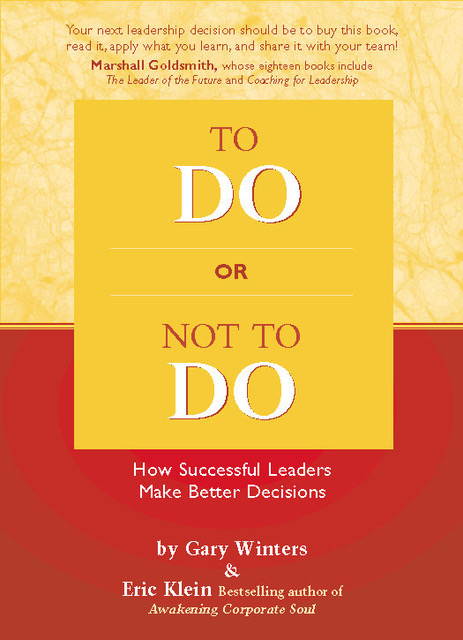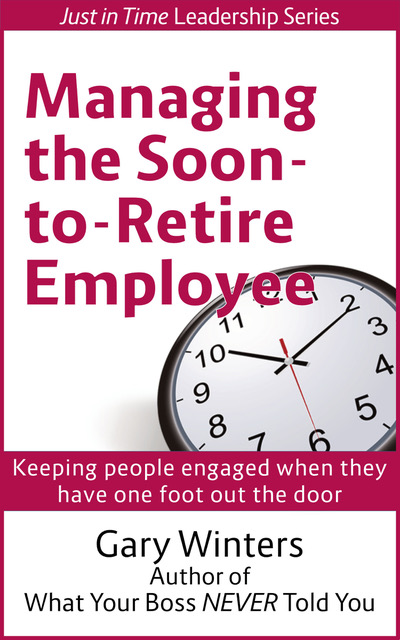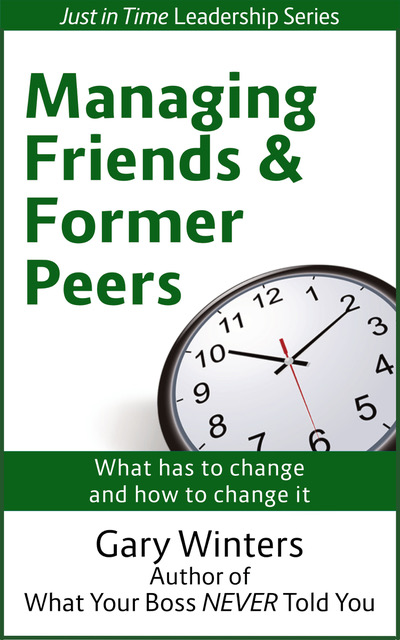 Great leadership is about vision, right? Vision, mission, and values. The big stuff.
Great leadership is about vision, right? Vision, mission, and values. The big stuff.
Well, that may be, but it’s also about meetings. As John Cleese so aptly named one of his classic training films, it’s all too often about Meetings, Bloody Meetings. You’re going to run some meetings, and most folks know that most meetings are a living hell.
Maybe you know all the standard meeting management techniques, such as:
- Have an agenda
- Start on time, end on time
- Make sure you have the right people at the meeting
- Be clear about any decision-making process you’re going to use
- Establish some meeting “norms” and stick to them
- And so on…
But even these fall short sometimes, and even the best meetings suffer from being the same old, same old. Too long, too boring, too frequent, too dominated by a few players, and so on. Admit it. You’ve been there.
What you might want to try is some unconventional meeting facilitation tips. Here’s some of the best I’ve collected (and used) over the years:
- Set the meeting for an unconventional time and/or length. Have your next staff meeting, for example, at 8:19 (promptly!) and announce the meeting will not go over 41 minutes.
- Take it outside. Seriously. Meet in a park or at a café.
- Use strategic silence. When the group is about to tackle a big issue, get the issue on the table, and then call for a time out of 2-3 minutes. No talking. Have people use the time to gather their thoughts. Then begin the conversation.
- Speaking of silence, shut up. Yes, I mean you – the meeting leader. Make a pact with yourself to talk half as often, for half as long. See what happens when you talk less and listen more.
- Set the stage for a great meeting by starting with some positive acknowledgements. Let’s face it – no one gets enough positive feedback. Start your next meeting with a round-robin during which every member offers someone else in the group a positive “attaboy” for something that occurred since the last meeting.
- Change the seating arrangements. So often, everyone always sits in the same place. Shake things up the seating pattern and see what happens to the creative thinking.
- Rotate the meeting roles. Have people trade assignments, such as recorder, time manager, etc. You do have people doing these things, right?
- Take stretch breaks. More often, not less often. Every hour get everyone to stand up and stretch for a minute or two. No, not to get on their cell phones. Just to stretch and get some oxygen in their brains.
- At the end of the meeting, pass out some 3×5 cards. Ask everyone to write down a number between 1-10 (ten being optimal) that rates this meeting. After they’ve written down a number, ask everyone who didn’t give it a 10 to write one suggestion that could move their rating up a notch. At the next meeting, read the comments (preserving anonymity). Act on those suggestions.
- Strongly think about not having the meeting at all. Is there another way the ball could be moved forward? What’s the worst thing that would happen if you cancelled the meeting? Could you live with that? If so, why are you meeting at all?
I’d love to hear what other ideas you’ve seen or used that made your meetings better. After all, we can’t go on meeting this way!

